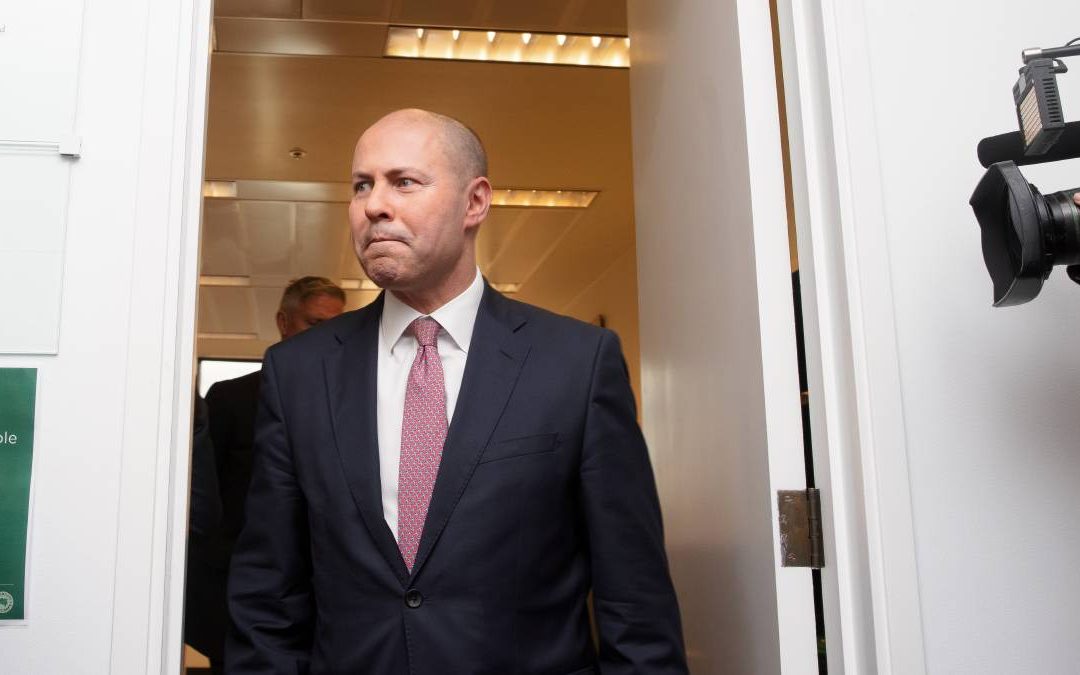*Please note – Many of the announced measures will require changes to the law before they can be administered on behalf of the Australian Government.
- Personal Tax Rates – there are no changes to the personal income tax rates. The next stage of personal income tax cuts will commence in the 2024/2025 financial year as previously legislated.
- Self-education expenses – the Government will remove the exclusion of the first $250 of deductions for prescribed courses of education. The first $250 of a prescribed course of education expense is currently not deductible.
- Low and Medium Income Tax Offset (LMITO) – the Government will retain the low and middle-income tax offset for the 2021-22 financial year. Consequently, the reduction in tax of up to $1,080 remains (up to $2,160 for couples).
- The temporary full expensing (Instant Asset Write-Off) has been extended for another year, now to expire on 30 June 2023. The program is designed to encourage businesses to invest in business assets and be able to fully expense them in the year of acquisition. This applies to businesses with turnover or statutory and ordinary income below $5 billion.
- The temporary loss carry-back has also been extended for another year. This allows companies with turnover under $5 billion to recoup tax losses incurred up to the 2023 financial years from previous taxes paid as far back as the 2019 financial year.
- Individual residency test has been reformed – replacement of the existing tests for the tax residency of individuals with a primary “bright line” test under which a person who is physically present in Australia for 183 days or more in any income year will be an Australian tax resident.
- Employee share schemes – the Government will remove the cessation of employment as a taxing point for the tax-deferred employee share schemes.
- ATO debt recovery – the AAT will be given the power to pause or modify ATO debt recovery action in relation to disputed debts of small businesses.
- Super Guarantee $450 per month threshold – to be removed from 1 July 2022.
- Superannuation contributions work test – to be repealed from 1 July 2022 for voluntary non-concessional and salary sacrificed contributions for those under age 75. However, the work test will still apply for personal deductible contributions by those aged 67-74.
- SMSF residency rules – to be relaxed by extending the central management and control test safe harbour from two to five years, and removing the active member test for both SMSFs and small APRA funds.
- Downsizer contributions – eligibility age to be lowered from 65 to 60.
- First Home Super Scheme – to be extended for withdrawals up to $50,000, plus some technical changes for tax and administration errors in applications.
- Victims of domestic violence – the Government will not proceed with its previous proposal to extend the early release of super to victims of family and domestic violence.
- Pension Loans Scheme – will be expanded to allow access up to two lump sums in any 12-month period (up to a total of 50% of the maximum annual Age Pension); together with a Government guarantee that “no negative equity” will apply.
- The Budget did not contain any change to the legislated Super Guarantee rate increase from 9.5% to 10% for 2021-22.
- Intangible assets depreciation – option to self-assess effective life for certain intangible assets (eg intellectual property and in-house software).
- Child care – increased subsidies from 1 July 2022.
- Government to help another 10,000 first-home buyers build a new home with a 5% deposit.
- Some 10,000 single parents to purchase a home with a 2% deposit.
- Increasing the amount that can be released under the First Home Super Saver Scheme to $50,000 from $30,000.
- To allow those aged over 60 to contribute up to $300,000 to their superannuation fund if they downsize their home, freeing up more housing stock for younger families.
- To spend $13.2 billion over four years for National Disability Insurance Scheme.
- To commit $17.7 billion in new aged care funding.
- A $2.3 billion commitment to mental health care and suicide prevention.
- To commit $2 billion to fund preschools.
- To provide more than $19 billion in funding for universities in 2021-22.
The Government believes the 2021-22 Budget will consolidate the gains made since the last Budget in October 2020 and put the economy on course for the unemployment rate to fall below 5%. To reach these targets the Government has committed $291 billion (or 14.7% of GDP) in direct economic support for individuals, households, and businesses since the onset of COVID-19. Some of the measures mentioned above are fleshed out in the following pages.
|
Tax rates and income thresholds |
|||
| Rate | 2020FY | 2021FY | From 2025FY |
| Nil | 0 – $18,200 | 0 – $18,200 | 0 – $18,200 |
| 19% | $18,201 – $37,000 | $18,201 – $45,000 | $18,201 – $45,000 |
| 30% | – | – | $45,001 – $200,000 |
| 32.5% | $37,001 – $90,000 | $45,001 – $120,000 | – |
| 37% | $90,001 – $180,000 | $120,001 – $180,000 | – |
| 45% | $180,001 + | $180,001 + | $200,001 + |
| LMITO | Up to $1,080 | Up to $1,080 | – |
| LITO | Up to $445 | Up to $700 | Up to $700 |

